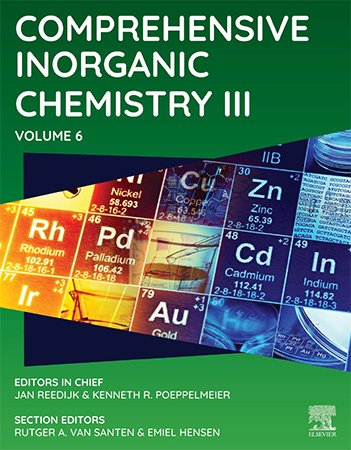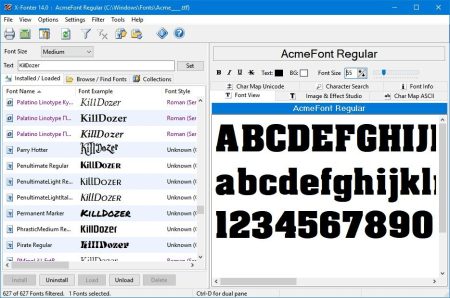

Rutger A. van Santen, Emiel Hensen | 2023 | ISBN: 0128231440 | English | 458 pages | PDF | 20 MB
Comprehensive Inorganic Chemistry III, a ten-volume reference work, is intended to cover fundamental principles, recent discoveries, and significant applications of elements and their compounds. Authored by renowned experts in the field and edited by a world-class editorial board, each chapter provides a thorough and in-depth overview of the topic covered, featuring resources which will be useful to students, researchers, faculty as well as those in the industry.
Comprehensive Inorganic Chemistry III focuses on main group chemistry, biological inorganic chemistry, solid state and materials chemistry, catalysis, and new developments in electrochemistry and photochemistry, as well as NMR and diffraction methods for studying inorganic compounds.
This Volume starts with an introductory chapter providing an excellent discussion of single sites in metal catalysis. This chapter is followed by 18 chapters covering a large part of the field. These chapters have been written with a focus on the synthesis and characterization of catalytic complexity and its relationship with the molecular chemistry of the catalytic reaction. In the 1950s with the growth of molecular inorganic chemistry, coordination chemistry and organometallic chemistry started to influence the development of heterogeneous catalysis. A host of new reactions and processes originate from that time. In this Volume chapters on major topics, like promoted Fischer-Tropsch catalysts, structure sensitivity of well-defined alloy surfaces in the context of oxidation catalysis and electrocatalytic reactions, illustrate the broadness of the field. Molecular heterogeneous catalysts rapidly grew after high-surface synthetic of zeolites were introduced; so, synthesis, structure and nanopore chemistry in zeolites is presented in a number of chapters. Also, topics like nanocluster activation of zeolites and supported zeolites are discussed. Mechanistically important chapters deal with imaging of single atom catalysts. An important development is the use of reducible supports, such as CeO2 or Fe2O3 where the interaction between the metal and support is playing a crucial role.
rapidgator
https://rapidgator.net/file/7fd445bd42de22d232e0a463a2c49478/ZwRQfl5X_ComprehensiveInorganicChemistryIIIv6_MegaDDL.net.rar.html
nitroflare
https://nitroflare.com/view/E351F0933C79369/ZwRQfl5X_ComprehensiveInorganicChemistryIIIv6_MegaDDL.net.rar
ddownload
https://ddownload.com/8b3958pwc49t/ZwRQfl5X_ComprehensiveInorganicChemistryIIIv6_MegaDDL.net.rar
















Join the Conversation!
or
to post a comment